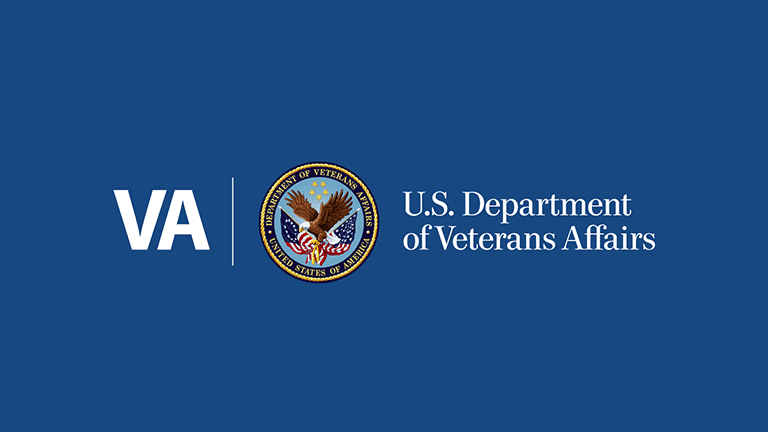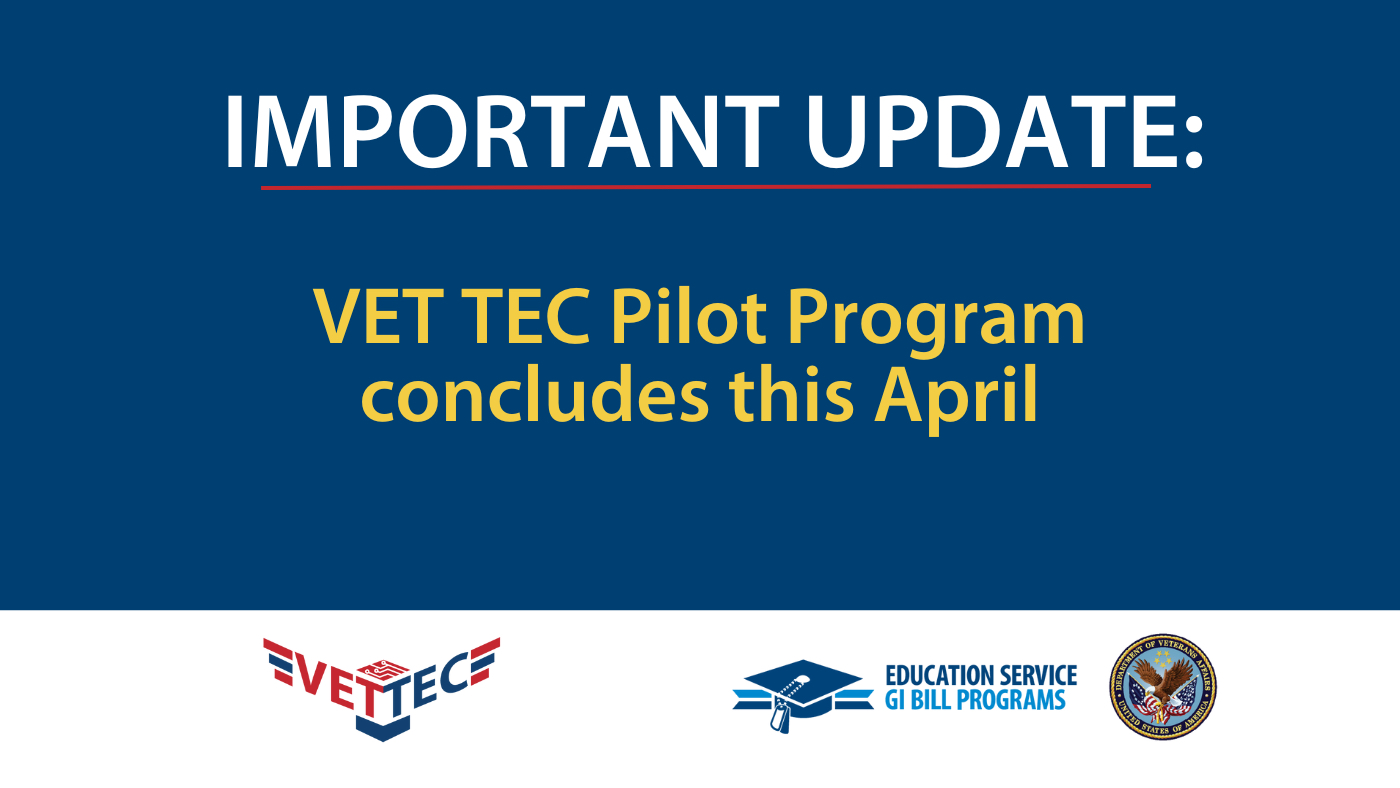One of VA’s most crucial responsibilities is to help prepare Veterans to enter the workforce after their service. The Post-9/11 GI Bill is a vital tool to help Vets prepare for new careers, and the VRAP initiative has helped unemployed Vets learn new trades for high-demand jobs.
These programs exist because of an unfortunate truth: the transition between the military and the civilian world can be challenging, and it’s not always a simple matter of matching military skills with civilian jobs. A lot is at play, to be certain, with everything from an economy still in recovery to wildly inaccurate perceptions of Veterans in the public and the media, which can make finding a job tricky for some Vets.
But the big picture of Veterans employment is starting to come into focus, and what we can tell so far warrants cautious optimism. The Bureau of Labor Statistics released data on Veterans employment for 2012 this week. The findings from BLS:
“The report shows a significant decline in the unemployment rate for veterans overall from 8.3 percent in 2011 to 7.0 percent in 2012. Post-9/11 veterans saw an encouraging decline to 9.9 percent in 2012 from 12.1 percent in 2011. Other categories also saw improvements.
This is something we’ve been tracking, and indeed unemployment for Veterans of all eras has trended down since January 2010 (and for some time, has been lower than the civilian unemployment rate). For Iraq and Afghanistan era Veterans, the rate is a little higher, but that group also saw a decline, from 12.1 percent in 2011 to 9.9 percent in 2012.
The BLS echoes what we believe here: our work is never finished when it comes to ensuring Veterans find employment after their service, and even with these encouraging numbers, we have to keep moving in the right direction:
Recent broad-based gains in the overall economy have helped to drive down these rates as we continue adding jobs at a steady pace, but support services that address the unique challenges faced by veterans are essential to improving upon today’s positive report.
We see this anecdotally in yesterday’s story in the Washington Post on the struggle of some Oklahoma National Guardsmen finding civilian employment, and in this analysis of why the unemployment rate can trend higher for newer Vets. Bottom line: transition is a challenging environment for many reasons, but nothing insurmountable—which sounds like something Vets have been accustomed to in the last decade.
Topics in this story
More Stories
Over the five-year program, more than 14,000 VET TEC beneficiaries completed their program and nearly half have reported finding meaningful employment with an average starting annual salary of $65,000.
VA is calling for applicants for the 2024 Specially Adapted Housing Assistive Technology grant.
Updated COVID vaccines are available free of charge to Veterans receiving care at VA .








I am a Vietnam era vet who have been in the worfkforce for years but became unemployed in 2009. After viewing the high demand job listing I’d like to see more specialized job areas of training made avaliable in banking (BSA/AML, OFAC, HIPPA compliance, NCAA compliance and other speciality areas. As middle aged professionsls many of us have attained skill levels that are transitional but would benefit greatly by certifications included in the labor departments listing.(VRAP program). Please consider reviewing current areas of study listed and add comment period from vets. Regards, Bill
I went to the VRAP site and the counter at the top makes no sense.
Can you re-set the numbers to reflect how many have applied and been approved for the 1 Oct 2013 through 31 Mar 2014 time frame? I don’t want to share this info if the program is already full.
Thank you.
Hi Kathy,
I too thought the VRAP program had hit its threshold, but at the site, it clearly states:
“VRAP Applications Are Open
We are accepting VRAP applications now.”
So, until the VA gives us information to stop applying, it appears that there is still room for interested applicants. Note the number actually in training, it’s far below the number approved. The differences can be explained for a variety of reasons, e.g. a vet initially approved for VRAP is later determined to also be eligible for VetSuccess/Chapter 31 and instead enters a program of study in that initiative. Other possible reasons for the large disparity could include a vet who is initially approved and was eligible due to unemployment who later finds a full time job and discovers they don’t have the time available to complete or even start their program of study. I’m a state vet rep in Dutchess County, New York and if asked, I will encourage interested unemployed veteran applicants to apply until directed otherwise. This is a truly fantastic program and I do hope that Congress acts to extend the end date from March 31, 2014 to June 30, 2014 so our unemployed vets can complete their training.
Thanks for your Dhiggins for your comment, it was much needed. Please provide additonal infomation on vetsuccess/ chapter 31. Also, Please comment on my post if possible. Regards bdavis